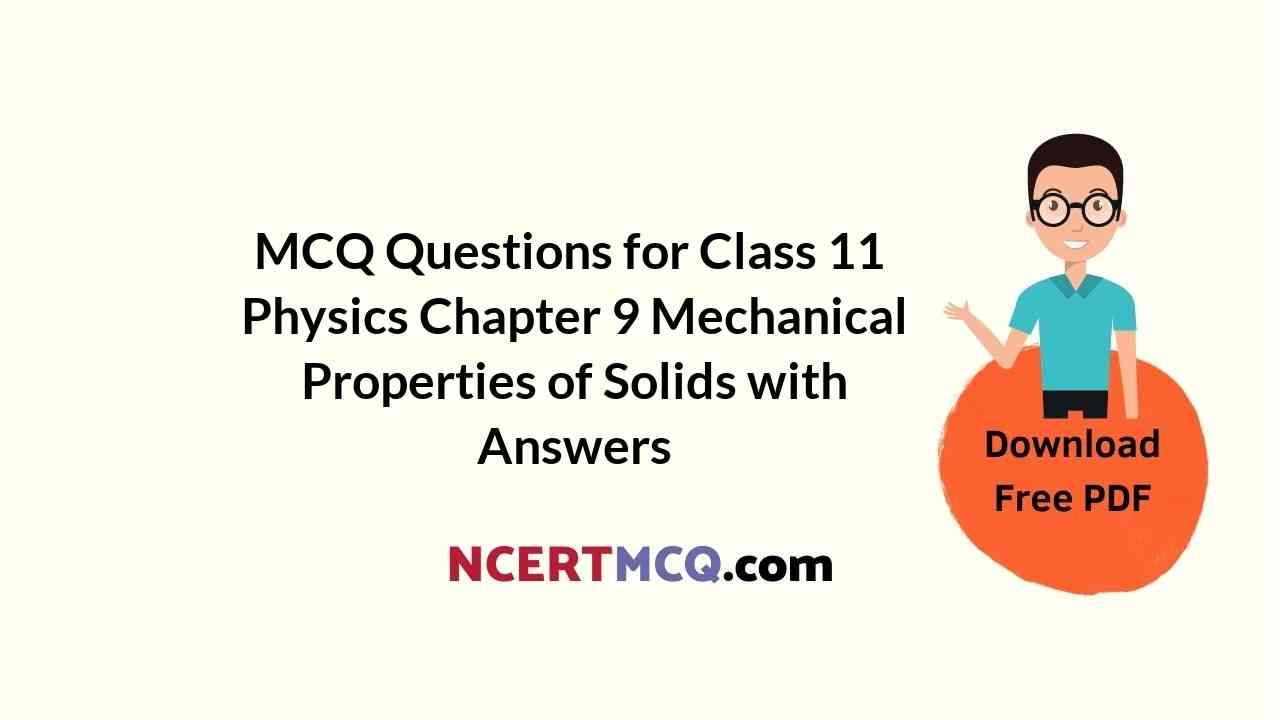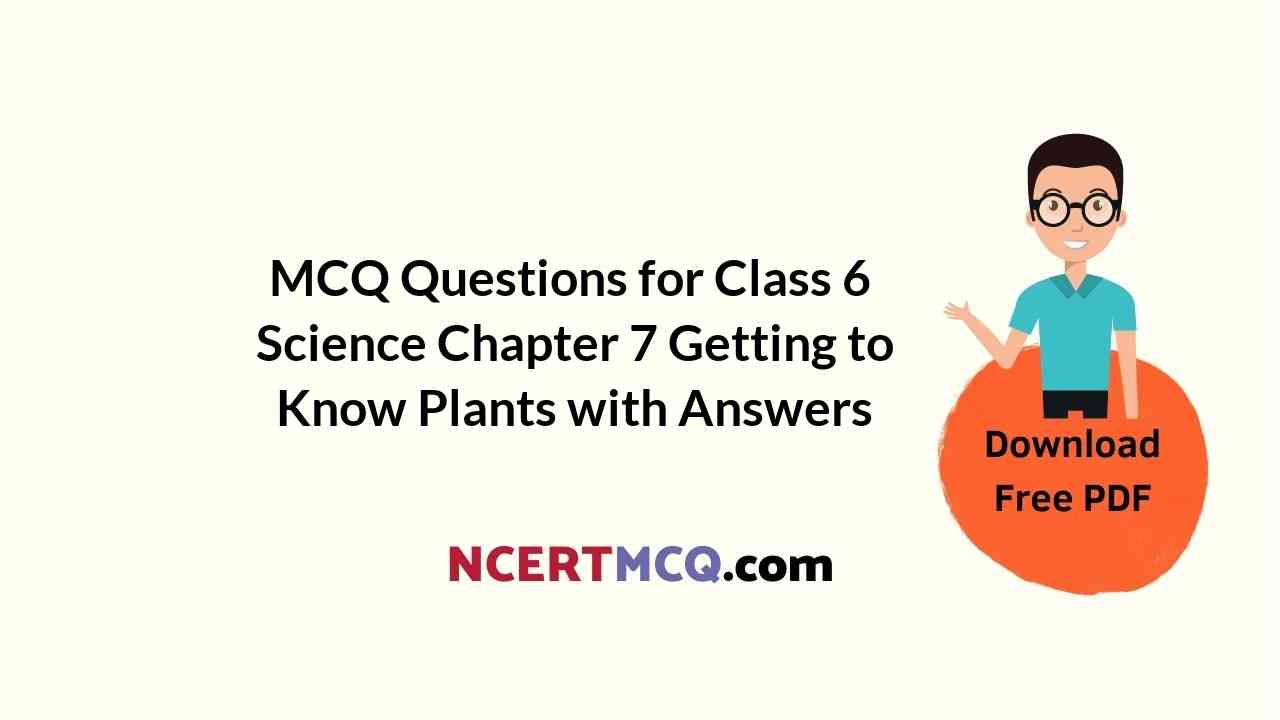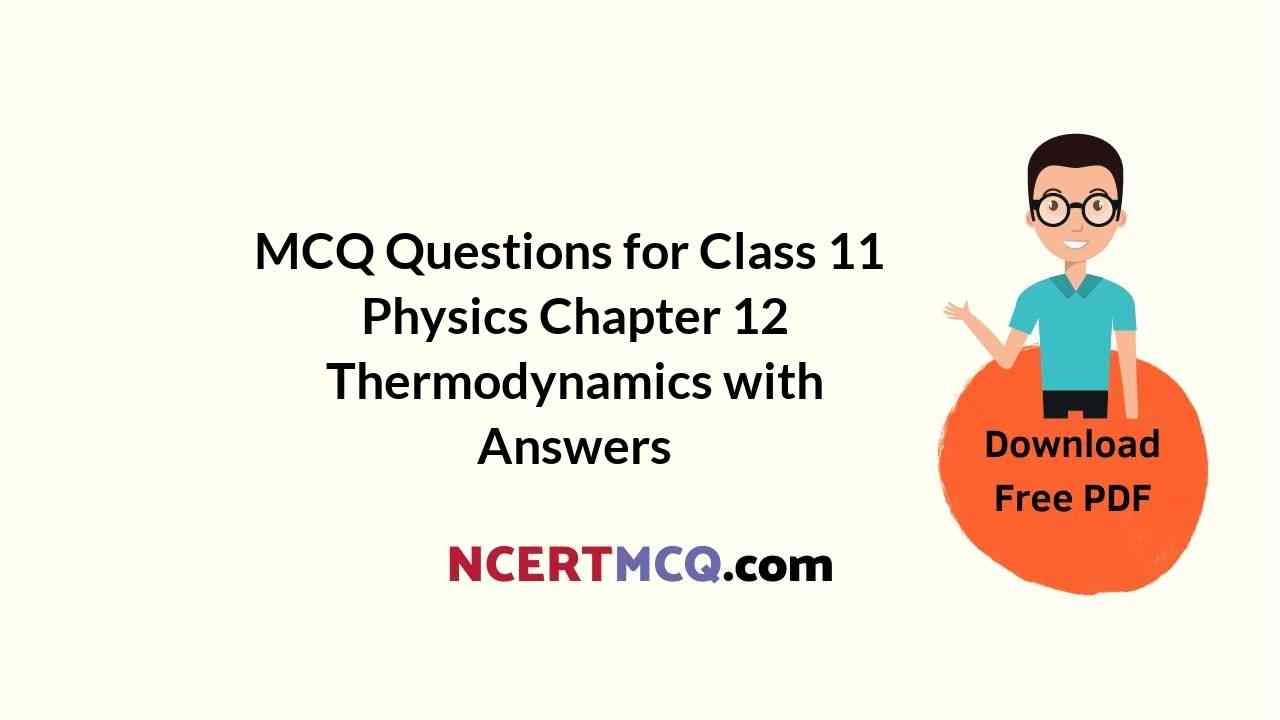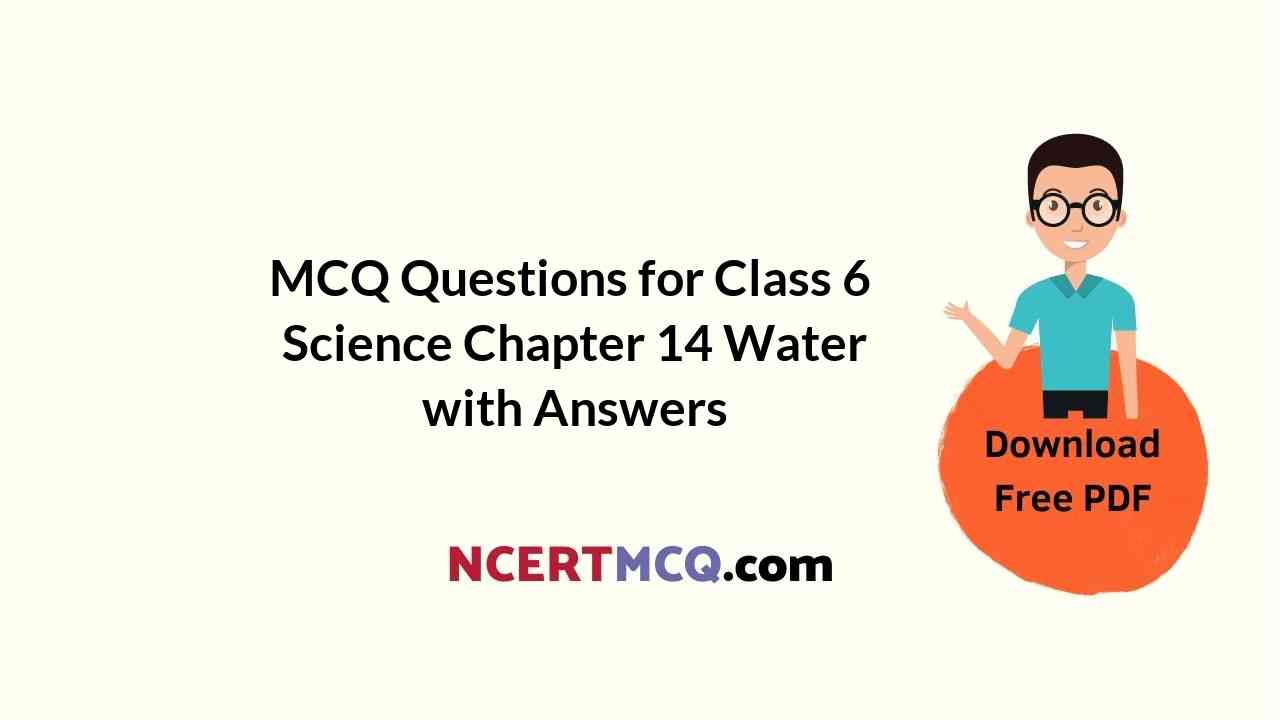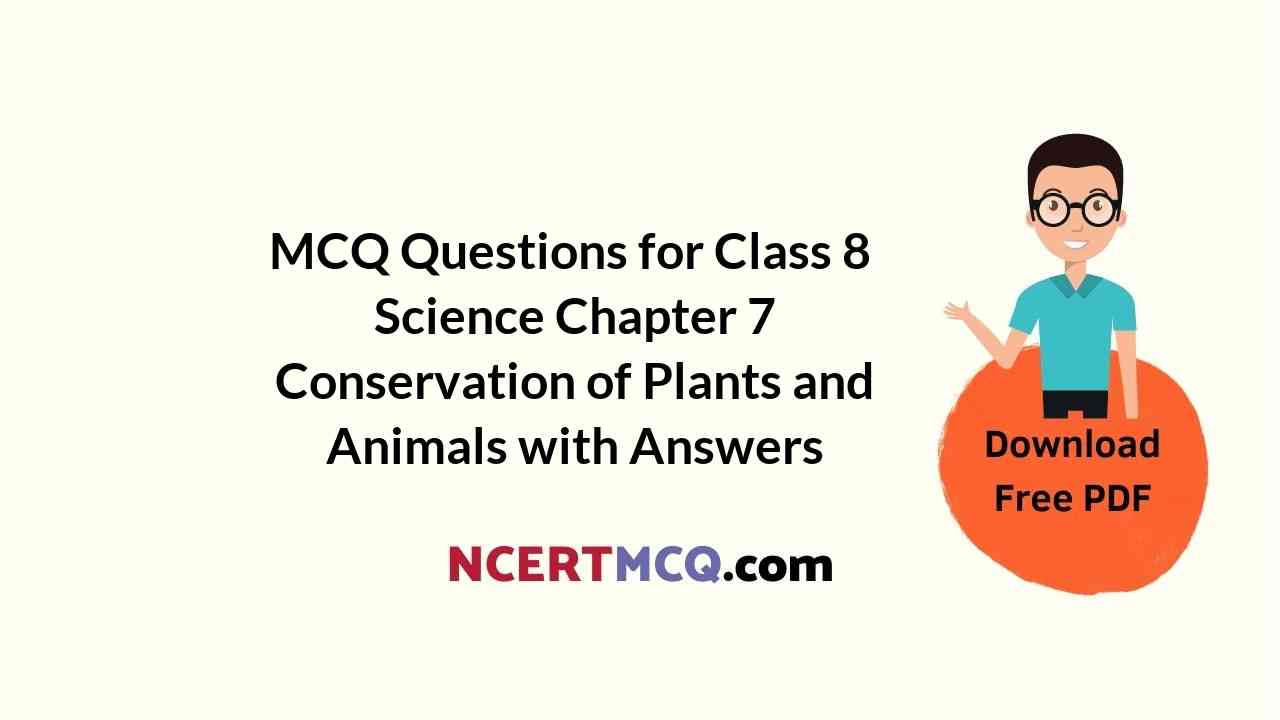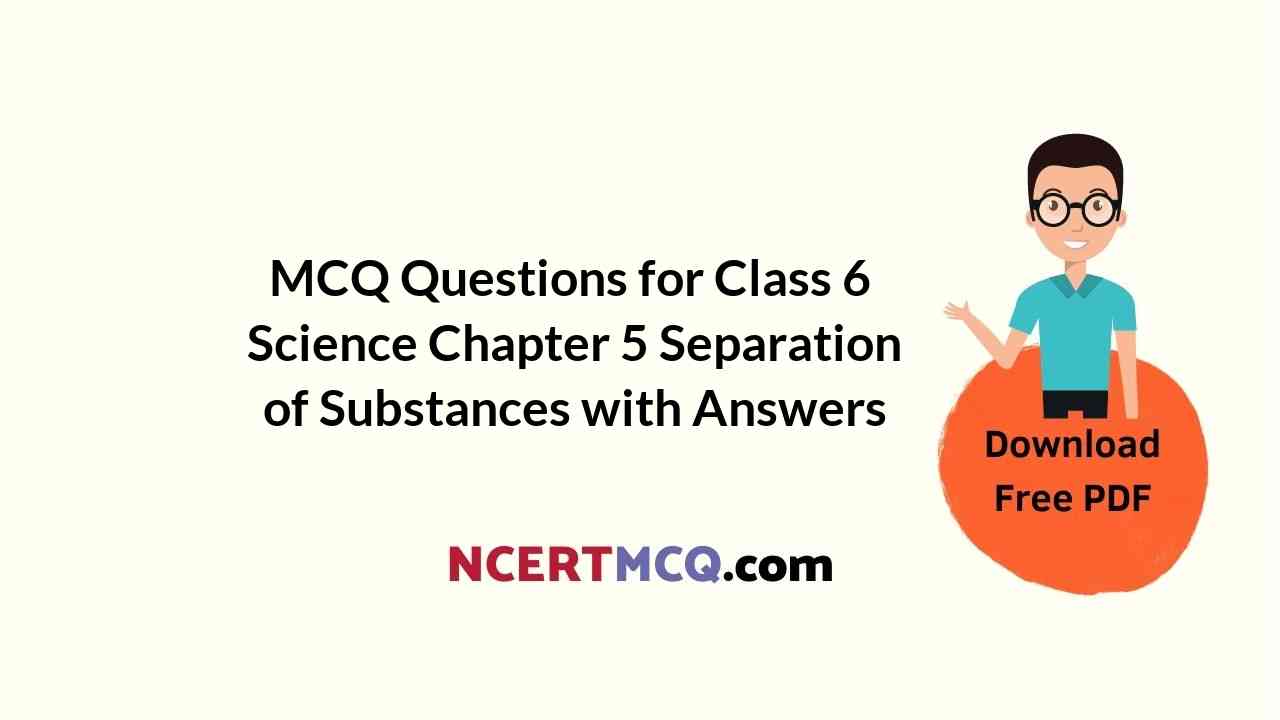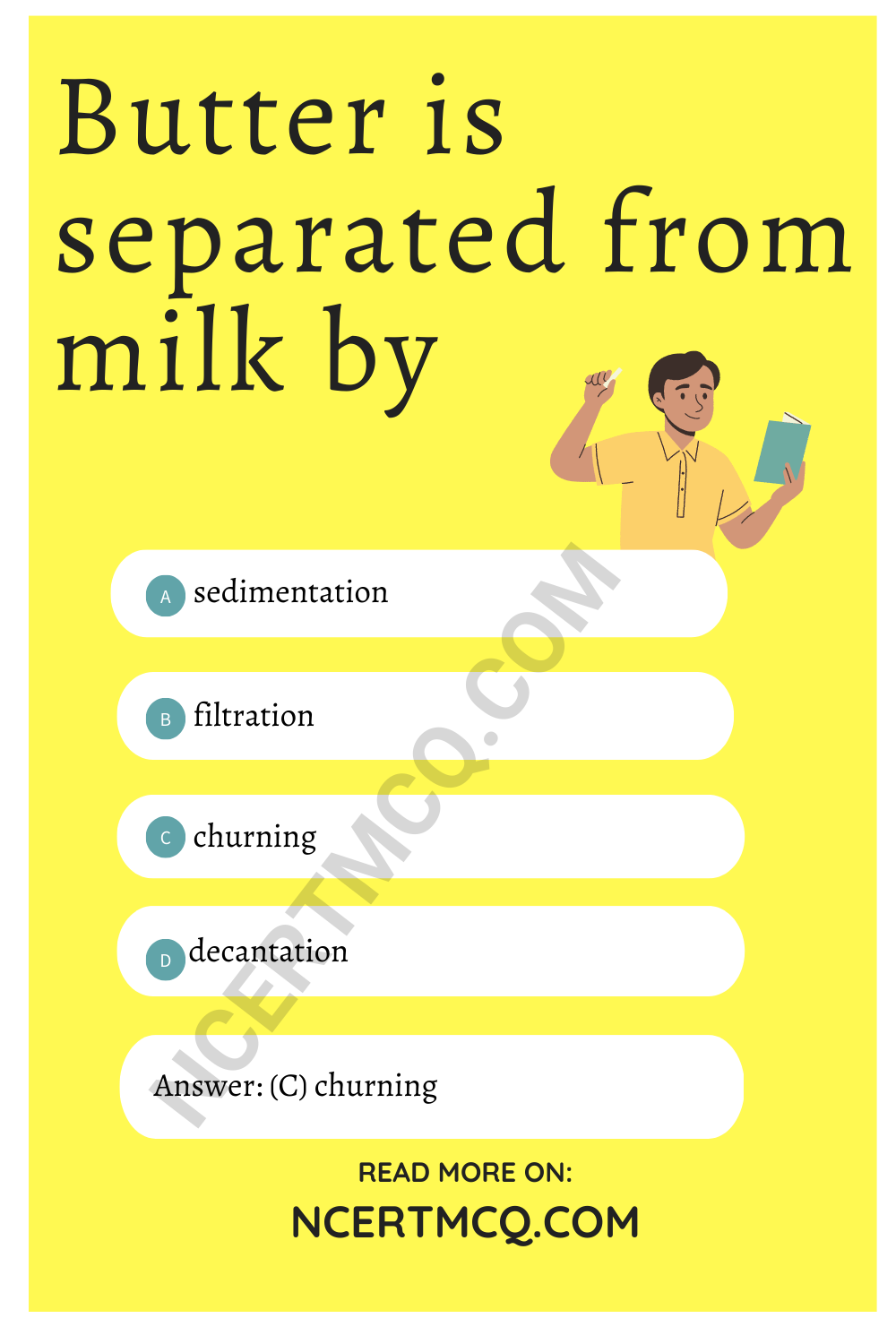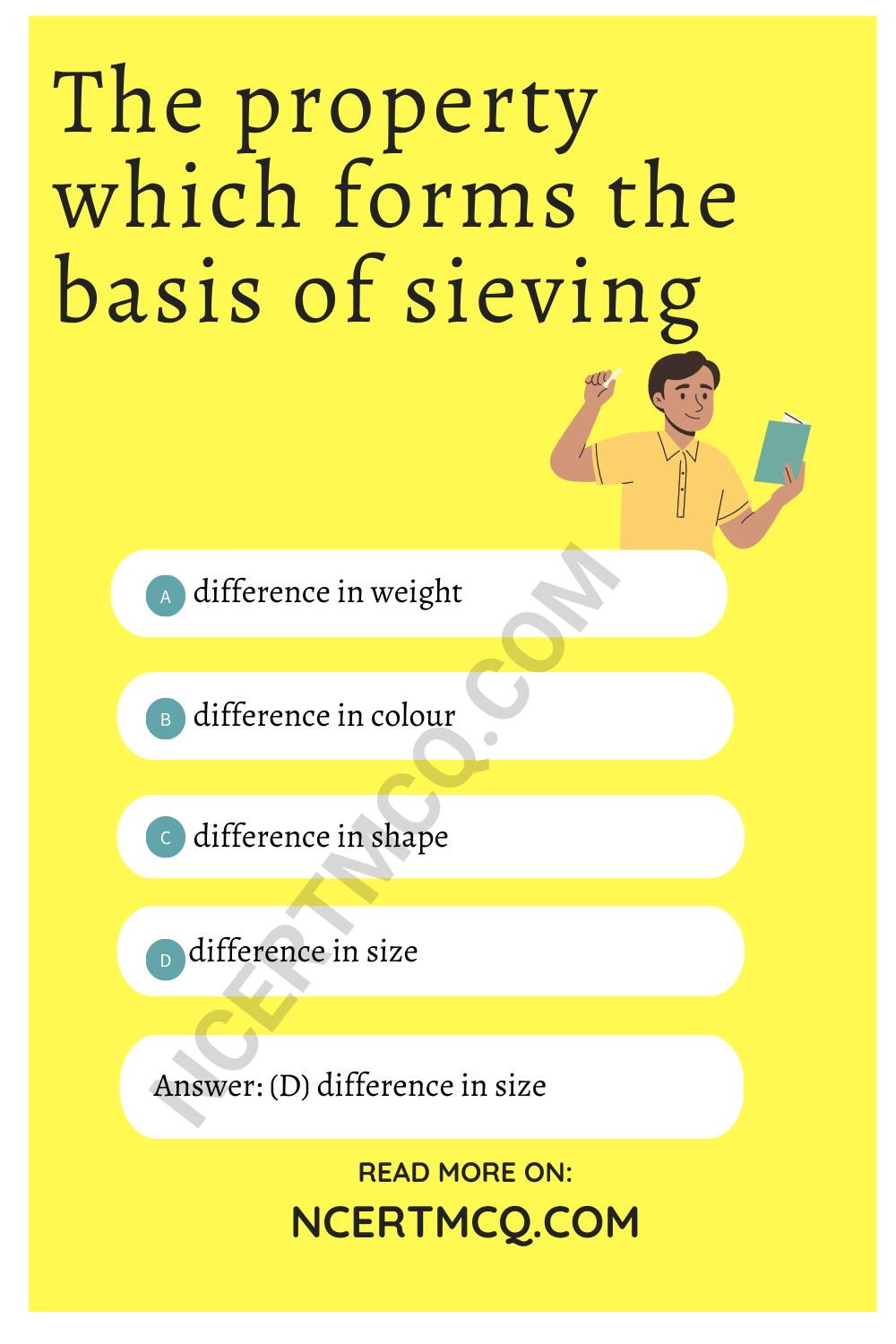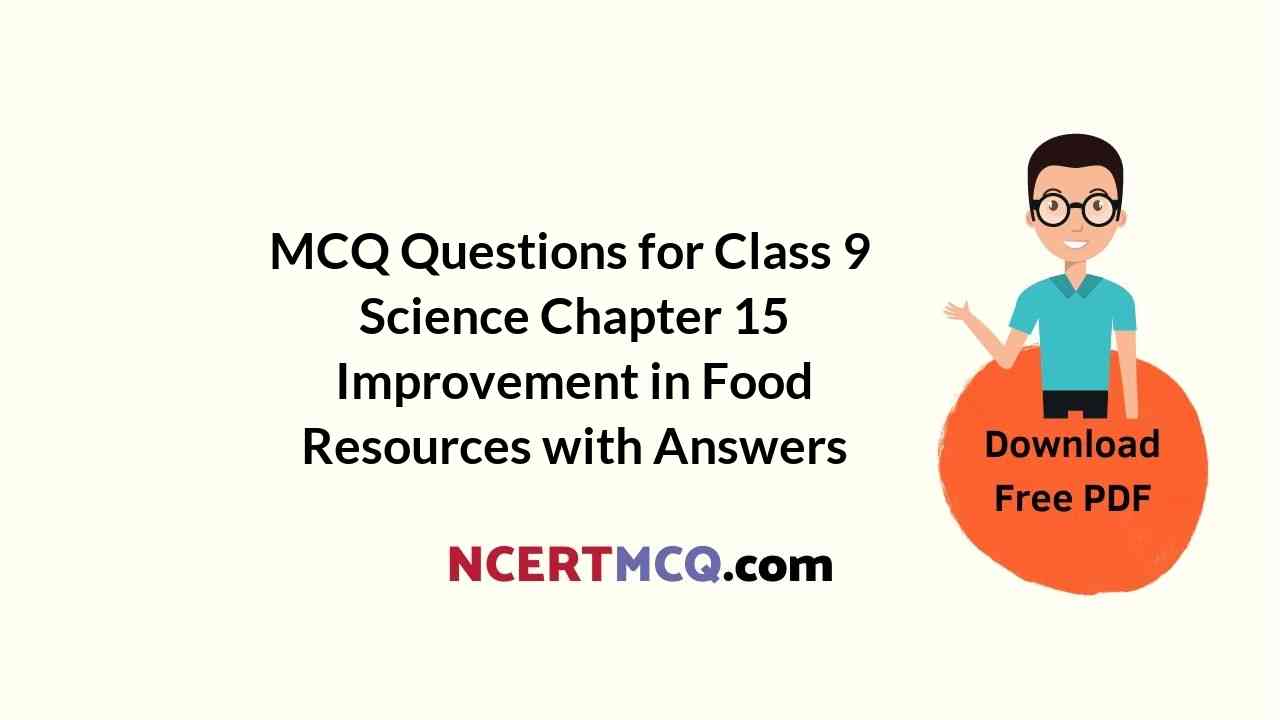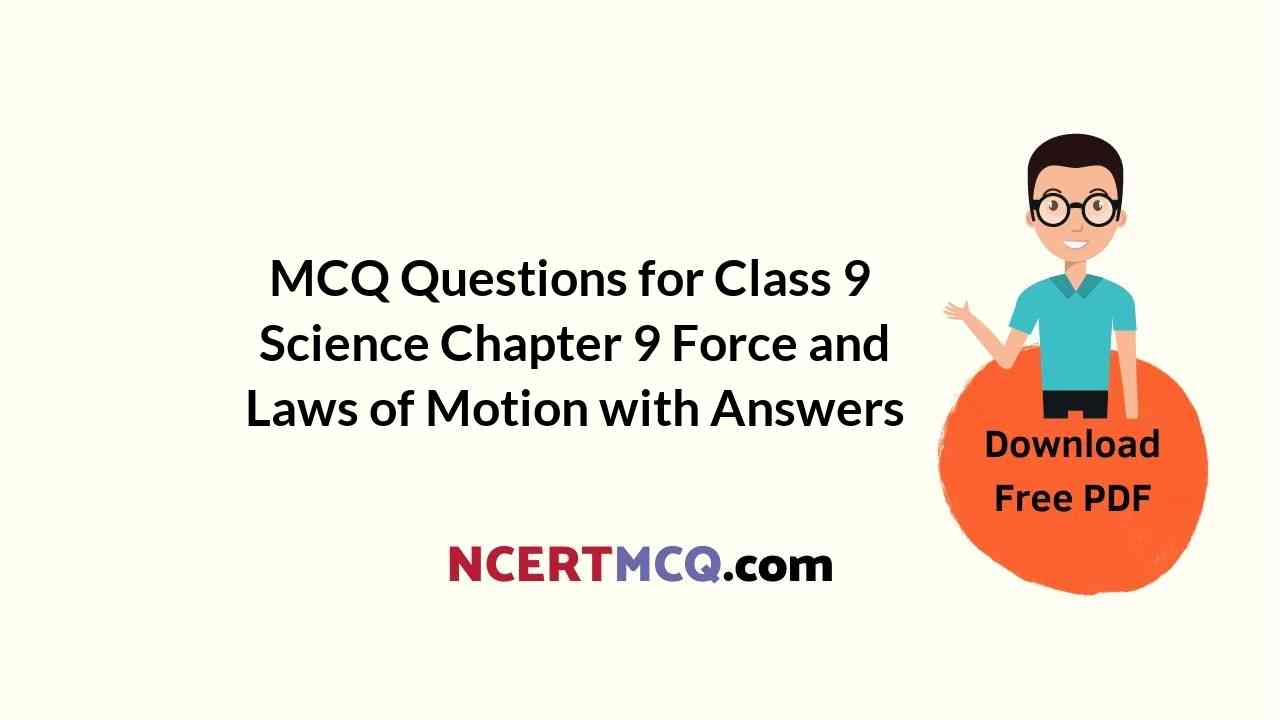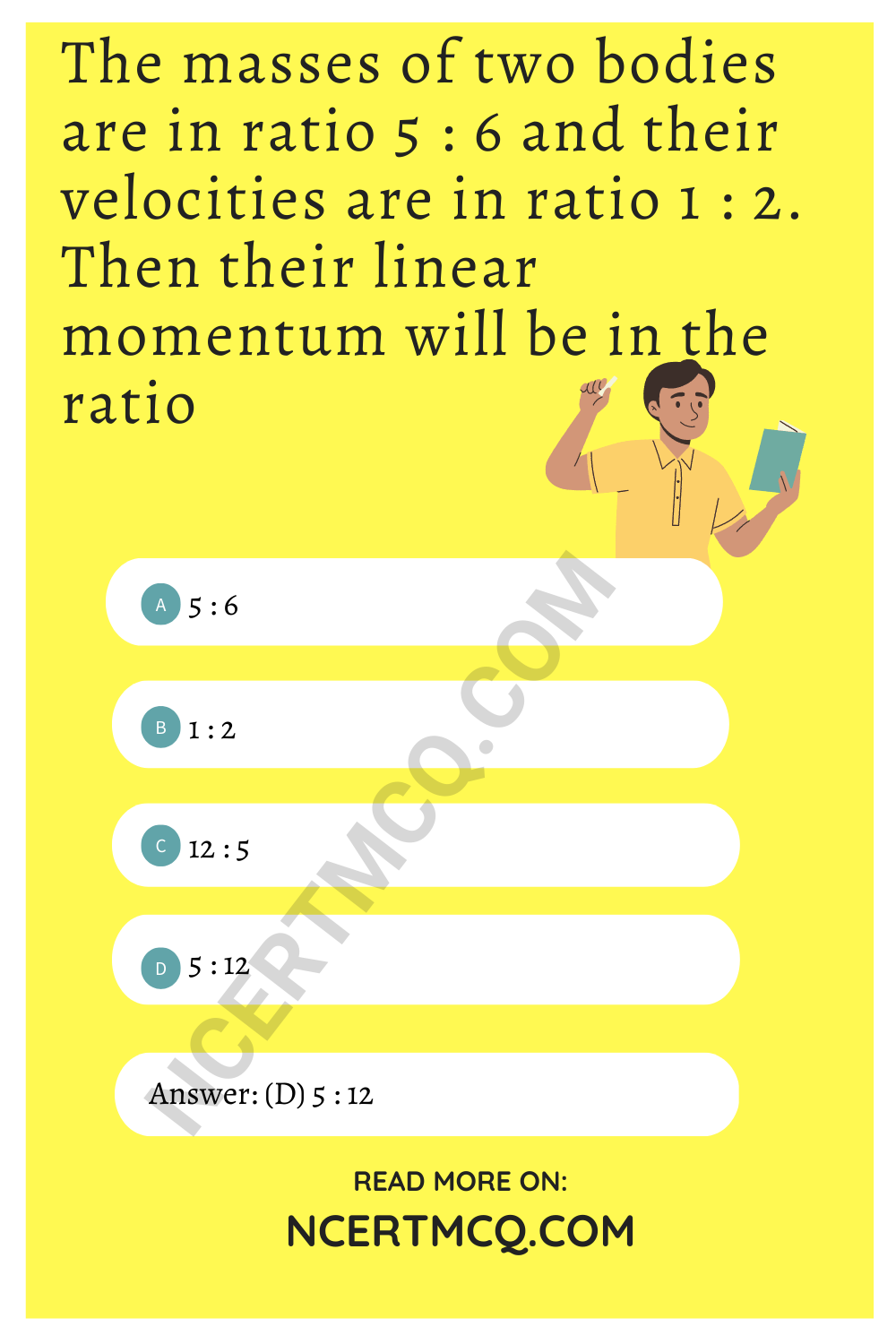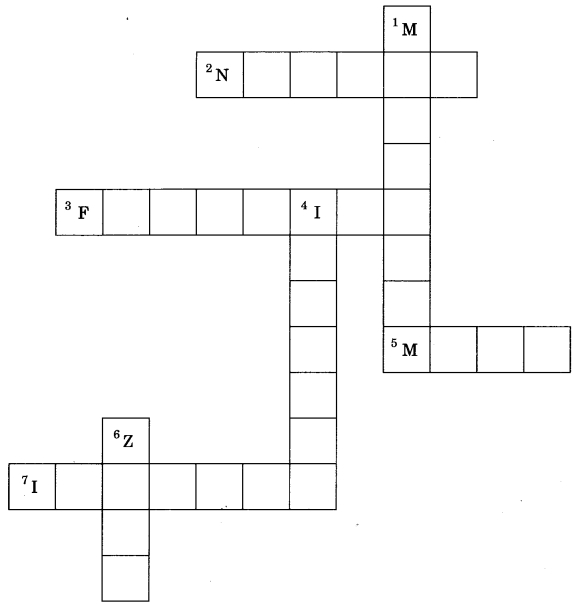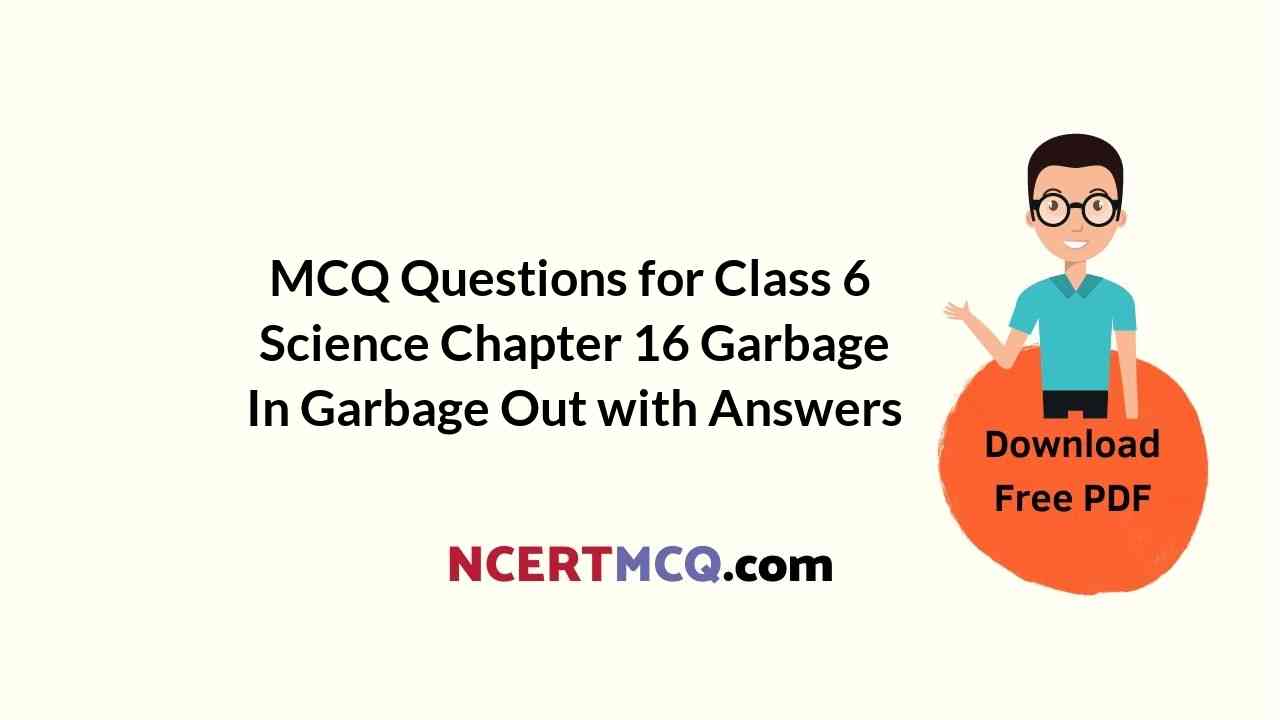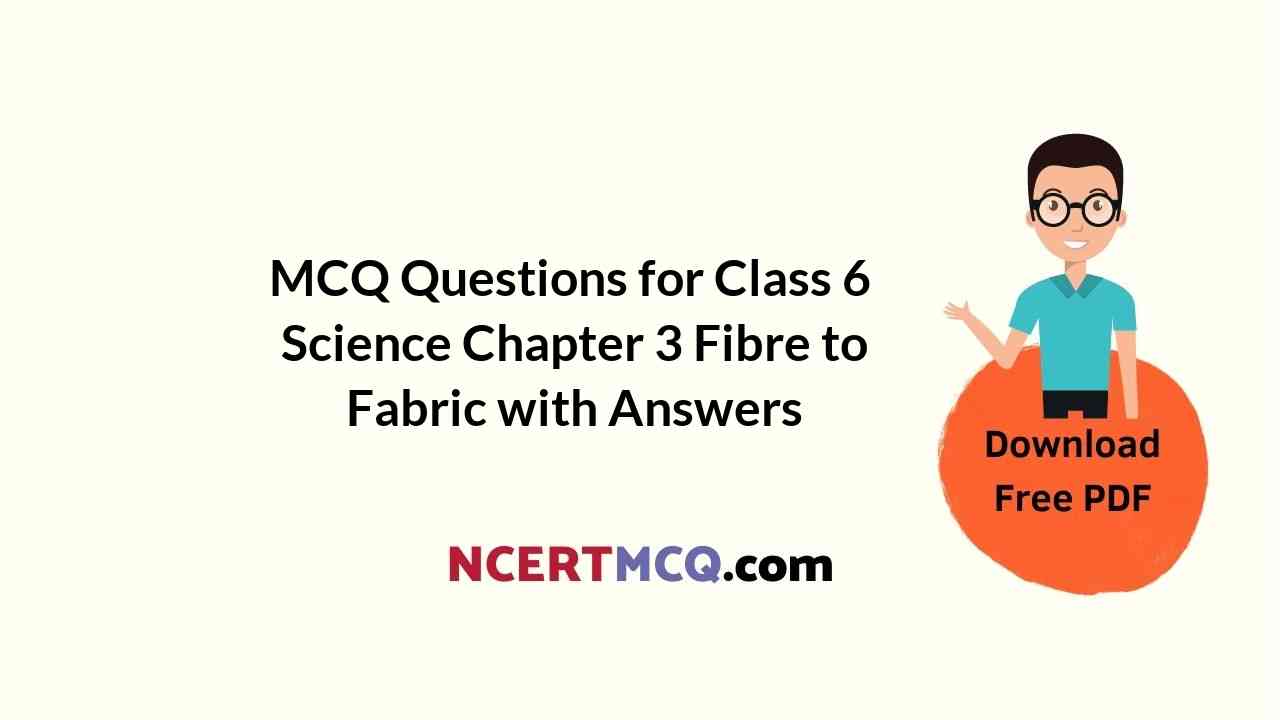Check the below Online Education NCERT MCQ Questions for Class 11 Physics Chapter 9 Mechanical Properties of Solids with Answers Pdf free download. MCQ Questions for Class 11 Physics with Answers were prepared based on the latest exam pattern. We have provided Mechanical Properties of Solids Class 11 Physics MCQs Questions with Answers to help students understand the concept very well.
Class 9 Physics Chapter 9 MCQ With Answers
Physics Class 9 Chapter 9 MCQs On Mechanical Properties of Solids
Mechanical Properties Of Solids MCQ Question 1.
A body of mass 1 kg is attached to one end of a wire and rotated in horizontal circle of diameter 40 cm with a constant speed of 2 m/s. what is the area of cross-section of the wire if the stress developed in the wire is 5 × 106 N/m²?
(a) 2 mm²
(b) 3 mm²
(c) 4 mm²
(d) 5 mm²
Answer
Answer: (c) 4 mm²
Mechanical Properties Of Solids Class 11 MCQ Question 2.
In a wire, when elongation is 2 cm energy stored is E. if it is stretched by 10 cm, then the energy stored will be
(a) E
(b) 2 E
(c) 4 E
(d) 25 E
Answer
Answer: (d) 25 E
MCQ On Mechanical Properties Of Solids Question 3.
Two wires A and B are of the same length. The diameters are in the ratio 1 : 2 and the Youngs modulus are in ratio 2 : 1. if they are pulled by the same force, then their elongations will be in ratio
(a) 4 : 1
(b) 1 : 4
(c) 1 : 2
(d) 2 : 1
Answer
Answer: (d) 2 : 1
Mechanical Properties Of Solids MCQ Pdf Question 4.
Hookes law essentially defines
(a) Stress
(b) Strain
(c) Yield point
(d) Elastic limit
Answer
Answer: (d) Elastic limit
MCQ On Mechanical Properties Of Solids Class 11 Question 5.
Longitudinal strain is possible in the case of
(a) Gases
(b) Liquid
(c) Only solids
(d) Only gases & liquids
Answer
Answer: (c) Only solids
Engineering Physics MCQ Electrical Engineering.
Class 11 Physics Chapter 9 MCQ Question 6.
Two wires have the same material and length, but their masses are in the ration of 4 : 3. If they are stretched by the same force, their elongations will be in the ratio of
(a) 2 : 3
(b) 3 : 4
(c) 4 : 3
(d) 9 : 16
Answer
Answer: (b) 3 : 4
Mechanical Properties Of Solid MCQ Question 7.
A rubber cord of cross sectional area 1 mm² and unstretched length 10 cm is stretched to 12 cm and then released to project a stone of mass 5 gram. If Y for rubber = 5 ? 108N/m², then the tension in the rubber cord is
(a) 25 N
(b) 50 N
(c) 100 N
(d) 200 N
Answer
Answer: (c) 100 N
MCQ Questions On Mechanical Properties Of Solids Question 8.
Out of the following materials, whose elasticity is independent of temperature?
(a) Copper
(b) Invar steel
(c) Brass
(d) Silver
Answer
Answer: (b) Invar steel
MCQs On Mechanical Properties Of Solids Question 9.
An iron bar of length l m and cross section A m² is pulled by a force of F Newton from both ends so as to produce and elongation in meters. Which of the following statement statements is correct
(a) Elongation is inversely proportional to length l
(b) Elongation is directly proportional to cross section A
(c) Elongation is inversely proportional to A
(d) Elongation is directly proportional to Youngs modulus
Answer
Answer: (c) Elongation is inversely proportional to A
Mechanical Properties Of Solids MCQs Question 10.
The ratio of the change in dimension at right angles to the applied force to the initial dimension is known as
(a) Youngs modulus
(b) Poissons ratio
(c) Lateral strain
(d) Shearing strain
Answer
Answer: (c) Lateral strain
Class 11 Physics Chapter 9 MCQs Question 11.
Four wires whose lengths and diameter respectively are given below are made of the same material. Which of these will have the largest extension when same tension is applied?
(a) 0.50 m, 0.50 mm
(b) 1.00 mm, 1.00 mm
(c) 2.00 m, 2.00 mm
(d) 4.00 m, 4.00 mm
Answer
Answer: (a) 0.50 m, 0.50 mm
MCQ On Elasticity Class 11 Question 12.
When the intermolecular distance increases due to tensile force, then
(a) There is no force between the molecules
(b) There is a repulsive force between the molecules
(c) There is an attractive force between the molecules
(d) There is zero resultant force between the molecules
Answer
Answer: (c) There is an attractive force between the molecules
Class 11 Mechanical Properties Of Solids MCQ Question 13.
A body of mass 1 kg is attached to one end of a wire and rotated in horizontal circle of diameter 40 cm with a constant speed of 2 m/s. what is the area of cross-section of the wire if the stress developed in the wire is 5 × 106 N/m²?
(a) 2 mm²
(b) 3 mm²
(c) 4 mm²
(d) 5 mm²
Answer
Answer: (c) 4 mm²
MCQ Of Mechanical Properties Of Solids Question 14.
One end of a steel wire of area of cross-section 3 mm² is attached to the ceiling of an elevator moving up with an acceleration of 2.2 m/s². if a load of 8 kg is attached at its free end, then the stress developed in the wire will be
(a) 8 × 106 N/m²
(b) 16 × 106 N/m²
(c) 20 × 106 N/m²
(d) 32 × 106 N/m²
Answer
Answer: (d) 32 × 106 N/m²
Class 11 Physics Mechanical Properties Of Solids MCQs Question 15.
The ratio of the change in dimension at right angles to the applied force to the initial dimension is known as
(a) Youngs modulus
(b) Poissons ratio
(c) Lateral strain
(d) Shearing strain
Answer
Answer: (c) Lateral strain
MCQ Questions For Class 11 Physics Chapter 9 Question 16.
The magnitude of the force developed by raising the temperature from 0°C to 100°C of the iron bar of 1.00 m long and 1 cm² cross-section when it is held so that it is not permitted to expand or bend is (a = 10-5/oC and Y = 1011 N/m²)
(a) 103 N
(b) 104 N
(c) 105
(d) 109 N
Answer
Answer: (b) 104 N
Chapter 9 Physics Class 11 MCQs Question 17.
The upper end of wire 1 m long and 2 mm radius is clamped. The lower end is twisted through an angle of 45°. The angle of shear is
(a) 0.09°
(b) 0.9°
(c) 9°
(d) 90°
Answer
Answer: (a) 0.09°
Mechanical Properties Of Solids MCQ Questions Question 18.
The radii of two wires of a same material are in ratio 2 : 1. if the wires are stretched by equal forces, the stress produced in them will be
(a) 2 : 1
(b) 4 : 1
(c) 1 : 4
(d) 1 : 2
Answer
Answer: (c) 1 : 4
Class 11 Physics Mechanical Properties Of Solids MCQ Question 19.
A rubber cord of cross sectional area 1 mm² and unstretched length 10 cm is stretched to 12 cm and then released to project a stone of mass 5 gram. If Y for rubber = 5 ? 108N/m², then the tension in the rubber cord is
(a) 25 N
(b) 50 N
(c) 100 N
(d) 200 N
Answer
Answer: (c) 100 N
Class 11 Physics Ch 9 MCQ Question 20.
In a wire, when elongation is 2 cm energy stored is E. if it is stretched by 10 cm, then the energy stored will be
(a) E
(b) 2 E
(c) 4 E
(d) 25 E
Answer
Answer: (d) 25 E
We hope the given NCERT MCQ Questions for Class 11 Physics Chapter 9 Mechanical Properties of Solids with Answers Pdf free download will help you. If you have any queries regarding CBSE Class 11 Physics Mechanical Properties of Solids MCQs Multiple Choice Questions with Answers, drop a comment below and we will get back to you soon.
Class 11 Physics MCQ:
- Physical World Class 11 MCQ
- Units and Measurements Class 11 MCQ
- Motion in a Straight Line Class 11 MCQ
- Motion in a Plane Class 11 MCQ
- Laws of Motion Class 11 MCQ
- Work, Energy and Power Class 11 MCQ
- System of Particles and Rotational Motion Class 11 MCQ
- Gravitation Class 11 MCQ
- Mechanical Properties of Solids Class 11 MCQ
- Mechanical Properties of Fluids Class 11 MCQ
- Thermal Properties of Matter Class 11 MCQ
- Thermodynamics Class 11 MCQ
- Kinetic Theory Class 11 MCQ
- Oscillations Class 11 MCQ
- Waves Class 11 MCQ
